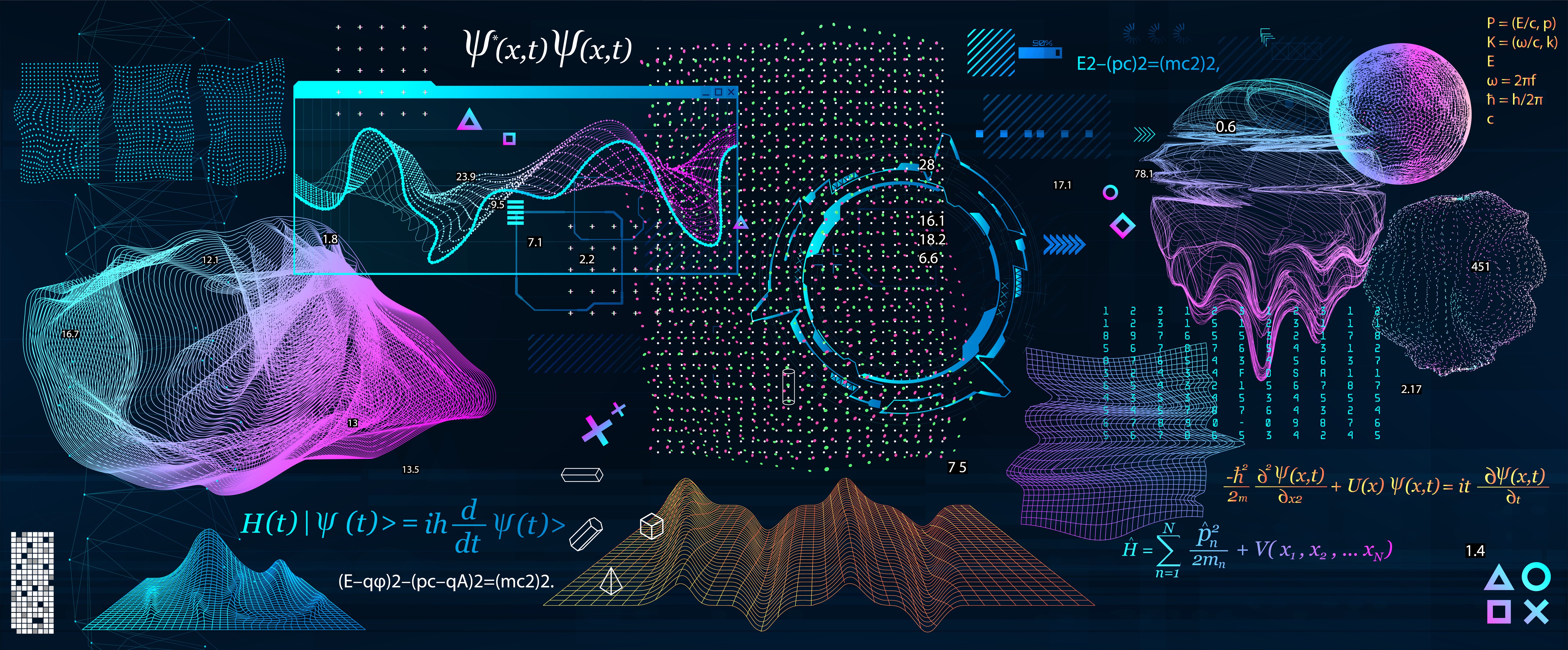SUMMARY
CFD is evolving from a standalone tool into a multi-physics platform, integrating fluid dynamics, solid mechanics, and heat transfer simulations. Future advancements will focus on improving solver algorithms, incorporating machine learning, and making CFD more accessible through user-friendly platforms.
INDUSTRY
Computational Science & Engineering
RESOURCES
Analysis, in mathematical sense, is a key tool for understanding natural phenomena which helps scientists to explicitly express the governing physical relations. It is an inherent part of physics because our perception of nature has evolved around differentiation, integration, series expansion and so on. Hence, up until the last century, analysis and search for analytical solutions of problems have always been among the hot topics in science. However, with the emergence of numerical algorithms, this trend has become less and less popular, where today computational science is in its golden era. Physics, in particular mechanics, makes use of this technology as an ally in experimentation which makes analysis possible for difficult if not impossible cases.
Computational fluid mechanics (CFD) is a popular branch of computational science. It positions itself at the intersection of computer science, mathematics, physics and engineering (hence, industry). Therefore, future of CFD will be directly related to advances in these areas. Mathematics and computational science contribute to solver methodology of CFD whereas physics and engineering are more on the application of CFD part. For this reason, future of CFD can be examined considering these two primary contributors.
Application-wise, CFD is shaped by the demands of industry. In the last decade, as CFD codes became more robust and reliable, CFD is employed in almost every part of industrial research and development, and its area of application is growing increasingly. Today, CFD is used even in medical applications, food industry, and manufacturing industry. As an immediate consequence of this, rheology became more important than ever, owing its popularity to the need of modelling non-Newtonian fluids like blood, colloids and plastic melts which appear in bio-flows and manufacturing processes.
Today, CFD is mostly used as a standalone tool. But, in the future, considering the increasing spectra and complexity of problems, CFD will metamorphose into a multi-physics tool. Computational fluid mechanics, solid mechanics, heat transfer, magnetohydrodynamics softwares will merge into computational continuum mechanics softwares. This transition is inevitable when today’s hot topics on CFD are considered: fluid-structure-interaction (FSI), conjugate heat transfer, combustion, etc. Main emphasis will be on physics modelling, that is implementing already existing theory to computational environment and/or developing new theories.
Moreover, it will be useless to mention any computational mechanics tool just by itself. As in every field of science and technology, integrated designs will dominate future analysis tools. It will be important to embed CFD softwares into control algorithms so that they become an integral part of a general control theory problem. System on a chip (SoC) is a good example of this trend. SoC represents today’s world’s tendency to integrated tools, which utilize analysis tools in back-end with easier to use interface on the front-end, all within a compact design. So, together with the actual development of softwares, it will be important to develop platforms such that CFD can be used by non-developers for task specific purposes.
In the solver side, advances in computational science will re-create our approach in solving the governing equations. Over the course of the evolution of CFD, computation resources have always been the constraining element on CFD simulations, and new
algorithms are developed to overcome these problems. Conventional CFD codes solve the governing differential equations by using one of the following methodologies: finite difference method, finite element method and finite volume method. These methods discretize the flow domain and obtain the solution by solving matrix equations. A problem emerges when transient flows are considered. Explicit time schemes result in low time step limitations. Therefore, implicit formulations are preferred, where as a drawback huge non-sparse matrices have to be solved. More efficient matrix inverting and pre-conditioning algorithms are developed to tackle these problems. However, as the geometries became more complex, implicit schemes suffered from performance issues. Sequential algorithms were incapable of these huge computational loads. Parallelization made a paradigm leap in the history of CFD. However, because of an ever-ending demand for computational resource, today, even parallel algorithms are not sufficient. In medium-scale computational setups, finite information transfer speed limits the number of cores used for a simulation. Cloud computing using multigrid methods like geometrically agglomerated algebraic multigrid (GAMG) solvers will sink computational costs. Using explicit schemes will regain its importance. Another revolutionary development will be implementation of machine learning algorithms into CFD codes. This can even completely change our approach in numerical analysis, that is to say, new algorithms will have to be developed which may even not be based on grid discretization.
As a final remark, it is certain that in the coming decades CFD will be embedded in every aspect of our lives, as in the example of SoC. It will make use of advances in computer science and with more user-friendly interfaces, CFD will be easier to use and interact with.
Good reads
[1] Runchal, A., 2012. The future of CFD and the CFD of the future. Computational Thermal Sciences, 4(6), pp.517-524.
[2] Witherden, F. and Jameson, A., 2017. Future Directions of Computational Fluid Dynamics. American Institute of Aeronautics and Astronautics.







